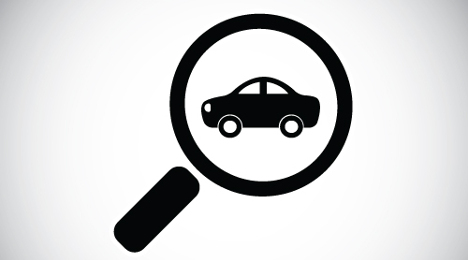Study: Third-party sites still lag OEM online offerings

Third-party automotive websites are improving satisfaction by capturing the attention of vehicle shoppers through increased use of the visual Web and its streamlined approach to site navigation, according to the J.D. Power 2016 Third-Party Automotive Website Evaluation Study released on Thursday.
The study, now in its fourth year, measures the usefulness of automotive third-party websites during the new- and used-vehicle shopping process by examining four key measures in order of importance:
— Information and content
— Appearance
— Navigation
— Speed
Satisfaction is measured on a 1,000-point scale.
While the impact of appearance on third-party auto website satisfaction has increased at a steady pace to 24 percent in 2016 from 21 percent in 2013, J.D. Power found there exists a significant 83-point gap in satisfaction between third-party sites and manufacturer sites (742 versus 825, respectively).
Appearance is the highest-scoring measure for auto manufacturer sites and second lowest for third-party sites, according to the study.
“The common bond among top-performing third-party auto sites is a heavy reliance on the ‘visual Web,’ with its very streamlined, easy-to-use site navigation features,” said Arianne Walker, senior director of marketing analytics at J.D. Power.
“Expectations continue to increase not only because auto manufacturers have such visually stimulating sites but because websites in many categories have focused on enhancing visual aesthetics and easy navigation,” Walker continued. “If third-party sites want to maintain and increase their usage among shoppers, they need to consider the impact appearance has on satisfaction and continually work to improve the look and feel of the website to keep up with the ever changing expectations of shoppers.”
J.D. Power highlighted a trio of other key findings of the 2016 study, including
1. Visual Web influences site preference
The study found that the highest-scoring third-party auto websites employ heavy use of visual Web design elements such as edge-to-edge imagery, cleaner spacing and aesthetically pleasing call-to-action colors.
2. Expert reviews must cover the basics
J.D. Power said content is king when it comes to satisfying shoppers on third-party sites, which includes ratings and reviews. Shoppers told J.D. Power the most important content to cover in an expert review is safety (38 percent), performance (24 percent) and functionality (11 percent).
3. Satisfaction drives loyalty and advocacy
The study determined that 83 percent of highly satisfied shoppers (overall satisfaction scores of 901 or higher) using third-party websites say they “definitely will” return to the website in the future, and 81 percent say they “definitely will” recommend the site, while only 3 percent of displeased shoppers (scores of 500 or less) say they “definitely will” return and only 2 perent say they “definitely will” recommend.
Study rankings
In 2016, overall satisfaction with automotive third-party websites averaged 751. TrueCar ranked highest at 795, followed by Carfax (793) and Cars.com (775).
The 2016 Third-Party Automotive Website Evaluation Study is based on evaluations from more than 5,000 new- and used-vehicle shoppers who indicate they will be in the market for a vehicle within the next 24 months. The study was fielded in January.
Websites evaluated in the study were selected based on meeting the following criteria:
— Must be an automotive third-party site
— Have the ability for consumers to shop for both new and used vehicles
— Be among the most frequently visited sites based on behavioral data.
Complete rankings were as follows:
TrueCar: 795
Carfax: 793
Cars.com: 775
CarGurus: 770
Autotrader: 768
Carsforsale.com: 760
NADAguides: 756
Edmunds.com: 755
The Car Connection: 755
Kelley Blue Book: 754
Industry average: 751
U.S. News Best Cars: 749
CarsDirect.com: 747
Car and Driver: 742
Autoblog; 739
Motor Trend: 739
Autobytel: 738
eBay Motors: 717
Autoguide: 710
InternetAutoGuide: 704

 View The Latest Edition
View The Latest Edition

